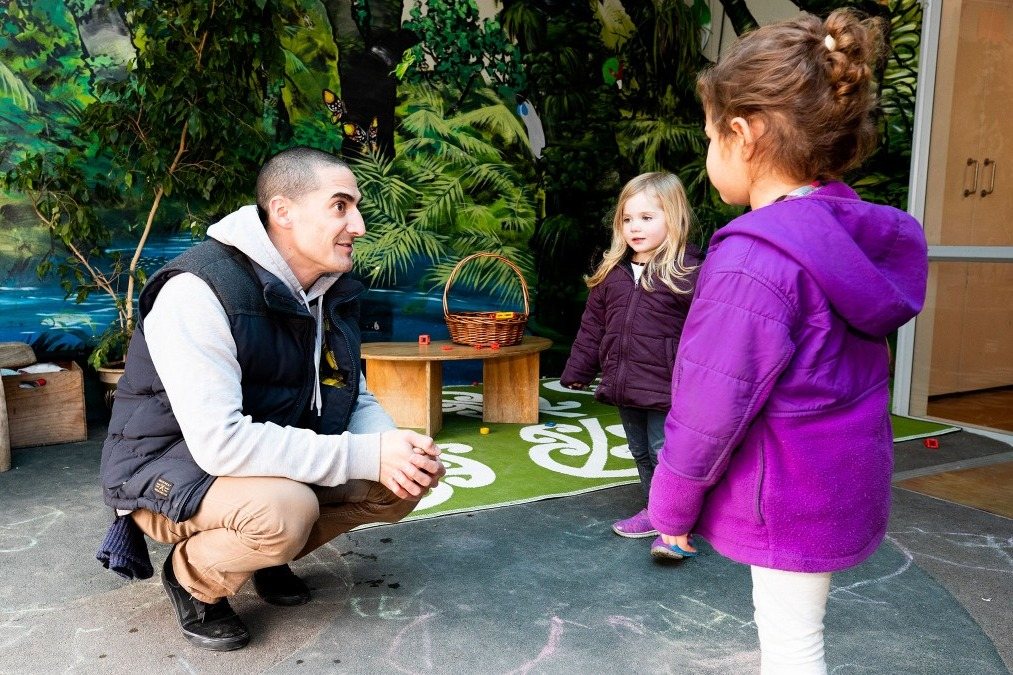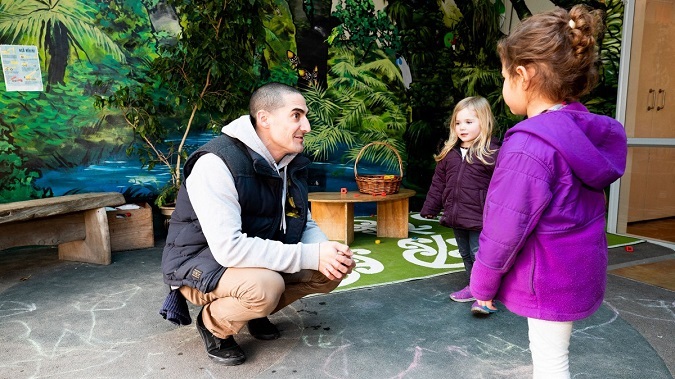Te taiao - Our natural environment - Activity collection
This activity collection, "Te taiao - Our natural environment", is part of the resource collection Te Ao Kori.

About this resource
This planning and teaching acitivty resource collection has instructions that help kaiako support ākonga in exploring the tikanga of caring for the environment and collecting natural resources.
Kaiako can adapt and develop activities from the "Te taiao - Our natural environment" collection (years 1–10), which is part of the resource collection, Te Ao Kori, to meet the identified learning needs of ākonga.
Te taiao - Our natural environment: Activity collection

Explore the resource collection, Te Ao Kori
This activity resource collection, "Te taiao - Our natural environment", is part of the resource collection Te Ao Kori.
Te taiao - Our natural environment collection
Background information
Te Ao Kori collection
Tātaiako cultural competencies for teachers of Māori learners
Include hapū, iwi, and mana whenua
Approaches to te taiao, and collecting natural resources, vary between hapū and iwi. Acknowledging mana whenua and the tikanga for collecting natural resources in your area can begin with conversations and partnerships with ākonga and whānau who bring expertise to the classroom. If you have no Māori whānau, or hapū or iwi connections, within your school, seek introductions to Māori communities through Kāhui ako/school networks or talk to the strategic advisor Māori at your regional Ministry of Education office.
Whakapapa
In Māori pūrākau (mythology), the beginning of the universe is described as a series of nights and days in all their splendours. From the line of days comes Ranginui, and from the line of nights comes Papatūānuku. For Māori, the natural environment begins with the celestial parents, Ranginui and Papatūānuku. Within their embrace, children were formed, and these children existed in total darkness. The children of Rangi and Papa, who were gods in their own right, became restless and bored, trapped in the eternal darkness. They looked for a way to separate their parents. Of all the children, the job of separating their parents fell to Tāne Mahuta.
Tikanga for the collection of raupō, toetoe, and harakeke
In the past, respect for the environment and its natural resources meant permission was sought from Tāne Mahuta before removing plants.
When ākonga go to collect raupō, toetoe and harakeke, you will need to get permission from the owners of the land the plants grow on, for example, local hapū, the council, or the farmer.
Ākonga should collect only the dead and dry parts of the plant.
Only collect leaves of the raupō (bulrush) that are dry and dead, found at the side of the plants. Ākonga should look for and collect flat grey leaves, not brown or green leaves.
The Prince of Wales feather can be substituted for toetoe (sedge grass), but toetoe is preferable.
The part of the harakeke (flax) that ākonga should collect is the flower stem found in the middle of the flax plant. Ākonga should pick the dry dead rito only.
Tikanga such as karakia, only taking particular parts of the plant/tree at certain times of the year, and not picking harakeke in the rain, can be explored with ākonga. Discussion with local Māori is the appropriate way of delivering this to ākonga.
Te reo Māori vocabulary
- Harakeke – New Zealand flax, phormium tenax
- Kohi(a) – gather
- Rau – leaf
- Raupō – bulrush, Typha angustifolia
- Rito – centre shoot or heart of plants such as flax and cabbage tree
- Taihoa – wait
- Toetoe – sedge grass, arundo kakao (conspicua)
Activities
See below for all resources in the activity collection, “Te taiao - Our natural environment".
Te tiaki i te taiao - Caring for the environment
Te kohikohi - Gathering natural resources
Kurua ngā rau - Throw the leaves











